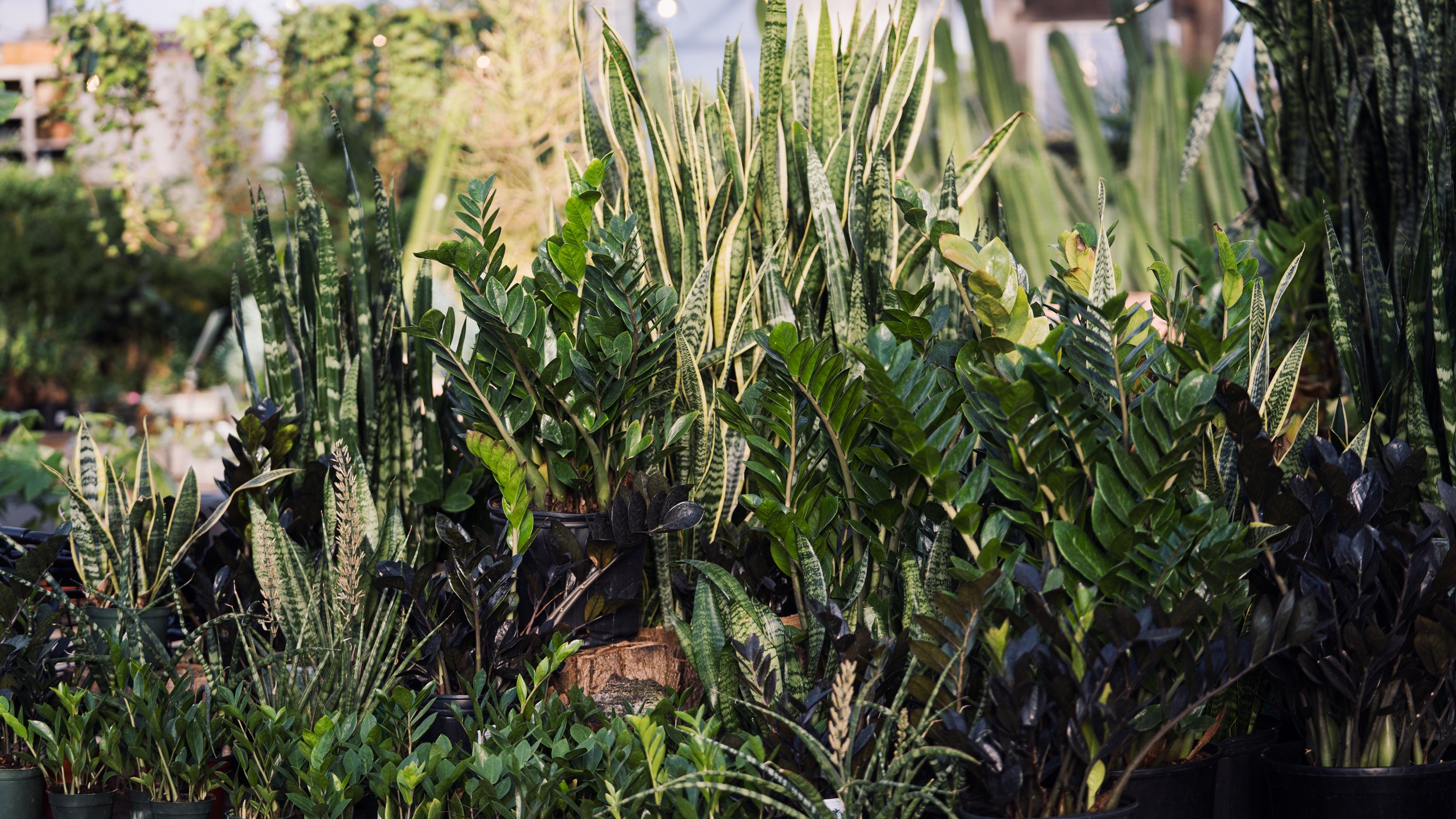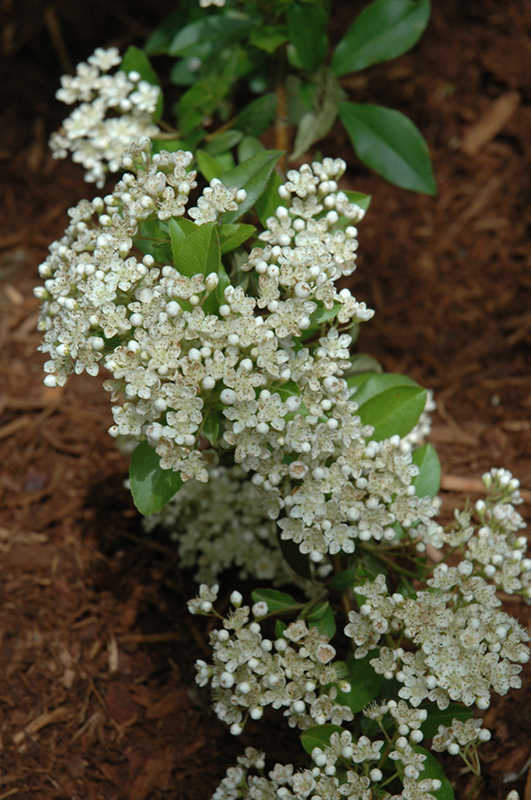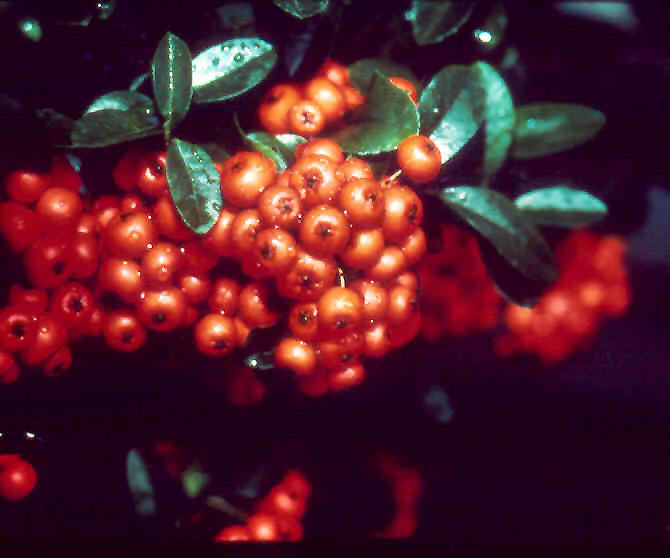
use our plant finder to help choose the perfect tree, shrub, perennial, annual, or houseplant to match your unique needs & style.
all the plants we love
Gnome Firethorn
Pyracantha angustifolia 'Gnome'
Height: 6 feet
Spread: 8 feet
Sunlight:
![]()
![]()
Hardiness Zone: 4b
Other Names: Gnome Pyracantha
Description:
A more cold hardy variety prized for its brilliant orange-red fruit in fall lasting through winter, very showy, also bears smallish white flowers in spring; needs full sun and well-drained soil, can be susceptible to fireblight; evergreen in warmer areas
Ornamental Features
Gnome Firethorn is primarily grown for its highly ornamental fruit. The orange fruits are held in abundance in spectacular clusters from early to late fall. It features showy clusters of white flowers held atop the branches in late spring. It has dark green evergreen foliage. The glossy oval leaves turn coppery-bronze in the fall, which persists throughout the winter.
Landscape Attributes
Gnome Firethorn is a multi-stemmed evergreen shrub with a more or less rounded form. Its average texture blends into the landscape, but can be balanced by one or two finer or coarser trees or shrubs for an effective composition.
This shrub will require occasional maintenance and upkeep, and is best pruned in late winter once the threat of extreme cold has passed. Gardeners should be aware of the following characteristic(s) that may warrant special consideration;
- Disease
- Spiny
Gnome Firethorn is recommended for the following landscape applications;
- Accent
- Mass Planting
- Hedges/Screening
- General Garden Use
- Topiary
Planting & Growing
Gnome Firethorn will grow to be about 6 feet tall at maturity, with a spread of 8 feet. It tends to be a little leggy, with a typical clearance of 1 foot from the ground, and is suitable for planting under power lines. It grows at a medium rate, and under ideal conditions can be expected to live for 40 years or more.
This shrub does best in full sun to partial shade. It is very adaptable to both dry and moist locations, and should do just fine under average home landscape conditions. It is not particular as to soil type, but has a definite preference for acidic soils, and is subject to chlorosis (yellowing) of the foliage in alkaline soils. It is highly tolerant of urban pollution and will even thrive in inner city environments, and will benefit from being planted in a relatively sheltered location. This is a selected variety of a species not originally from North America.
can’t find what you’re looking for? let us know
info@wilsonnurseriesky.com
frankfort: 502.223.1488
lexington: 859.269.5795


